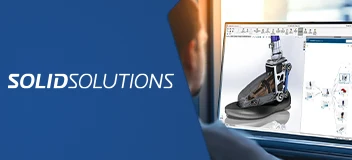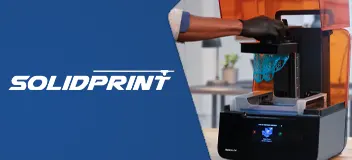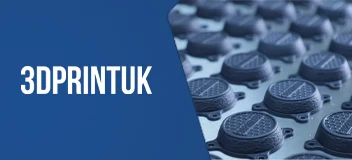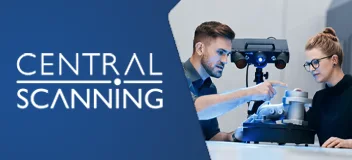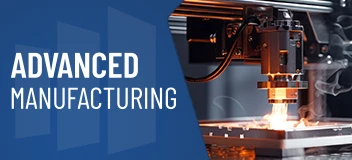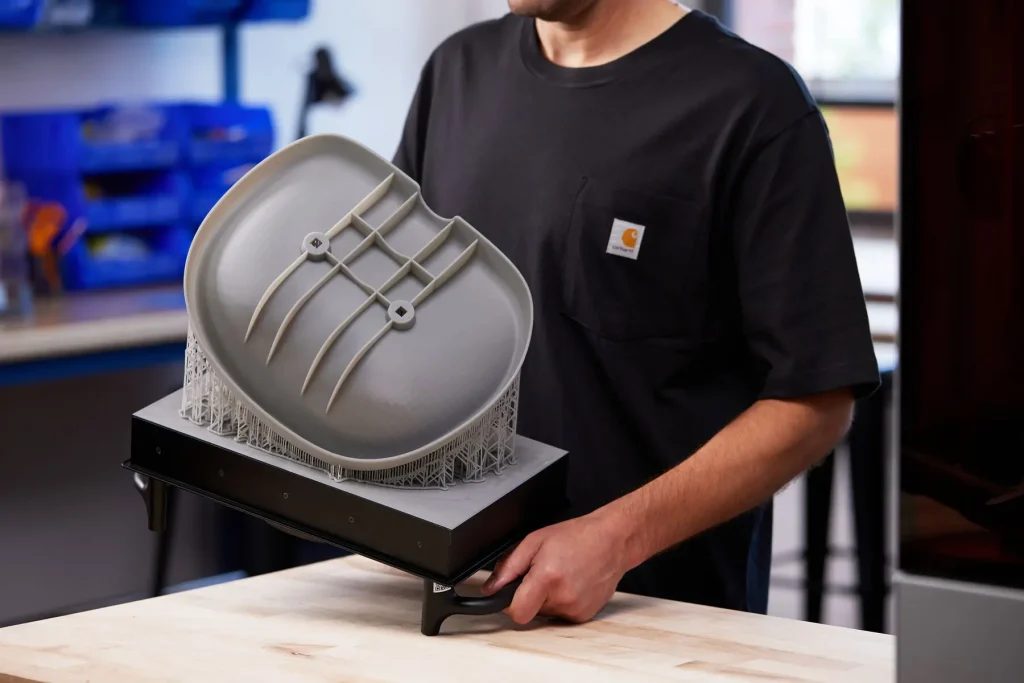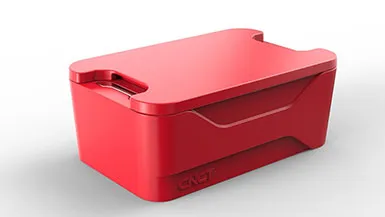How to Bring a Product Idea to Mass Production
At first, the topic of how to mass produce something can sound overwhelming. However, mass manufactured products actually come at a faster, better, and economical advantage. This form of destiny makes sense as Henry Ford, founder of the Ford Motor Company, developed an assembly line technique in 1913 for commodities that use mass production. But, before we hit the gas pedal, let’s break down the parts of how to mass produce a product.
Conduct Research
It’s important from the start to get into the driver’s seat and really take a tour of the market you are looking to appeal to. One great place to start is taking a look at mass manufacture products that are currently serving your industry. You will be able to find out the gaps the product needs to fill, how to appeal to a mass market, and even motivation to start sketching out ideas.
Once you have built your foundation, the invention will turn into a functional and industry-ready prototype.
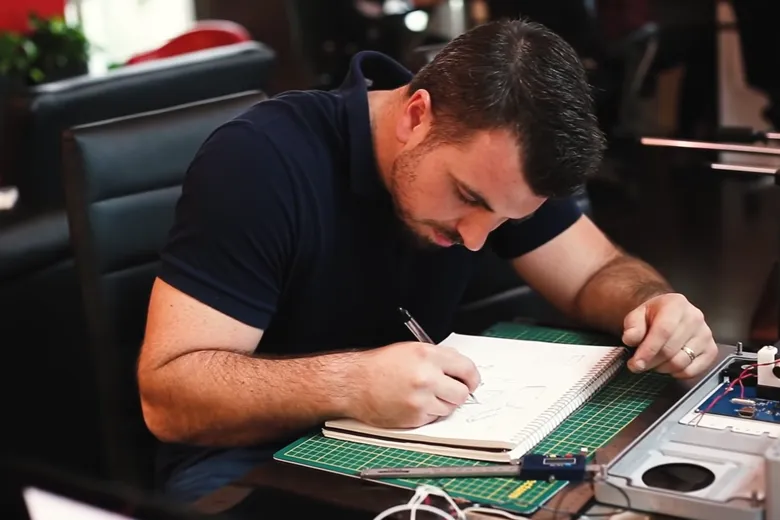
Conducting research regarding products that are mass produced
Create a Prototype
Prototypes are an incredibly crucial part of how to mass produce commodities. It can really assist in ensuring that there will be a lower risk of manufacturing faults, even if your CAD design appears to be perfect.
The beauty in working with MAKO is that we only build the CAD with opulent manufacturing-grade software such as Solidworks Premier or Fusion 360. This does require a technical résumé, but it makes the process of how to mass produce a product a little more polished. Not to mention, it creates are more product value in the design along the way.
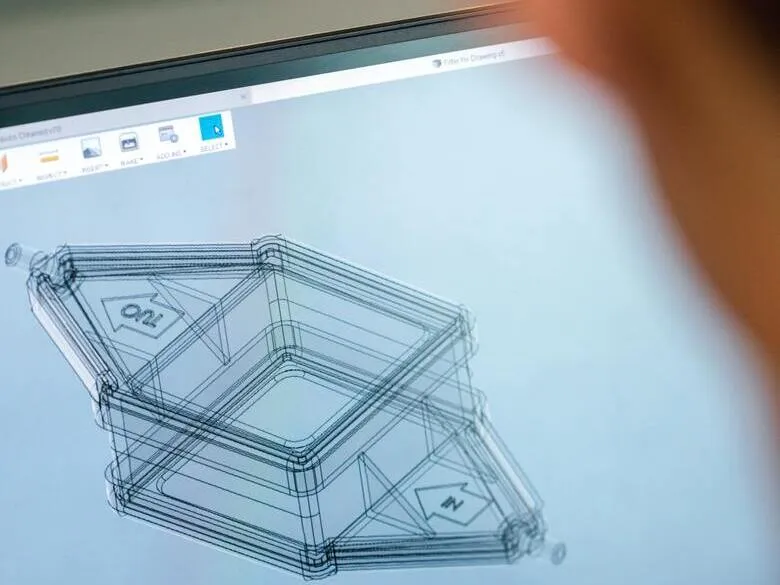
Creating a prototype for mass produced products
Test Your Product
Now that you have constructed a fruitful prototype, it’s time to place it under the industry’s microscope.
In order to do this, your prototype will need to be brought to the attention of industry professionals and your consumers. This can clear doubts such as absent features your market really needs and or opening up dialogue for other improvements cosmetically.
After testing your product and testing the sense of harmony between you, clients, and potential investors, you will be ready to focus your attention on the actual manufacturing process.
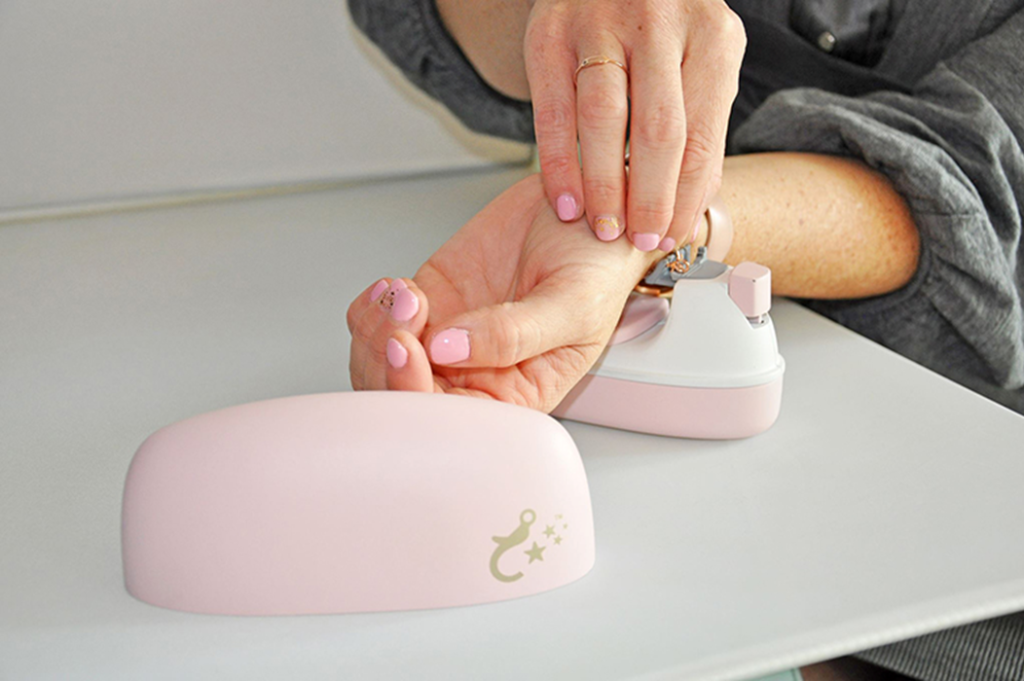
Testing a product
Find a Manufacturer To Mass Produce A Product
Before moving forward, it’s important to note that you should consider forming a non-disclosure agreement. This can be incredibly helpful in protecting your Intellectual Property, even if there is no room for suspicion. MAKO has an elite network of patent attorneys that are cost-effective who assist our clients with IP protection relations. Our connections span across US and Canada.
With that being said, the first step in finding a manufacturer is deciding to produce your product internationally or domestically. This can also be determined if your product will need to be produced in a certain regions for sourcing materials and unique expertise.
After this, you will now be able to zero in on where to source contacts and further research. A few options include:
- Social Networking
- Industry Forums
- Viewing Manufacturing Directories
- Use NAICS & SIC Identification Tools
- International Association of The Better Business Bureau
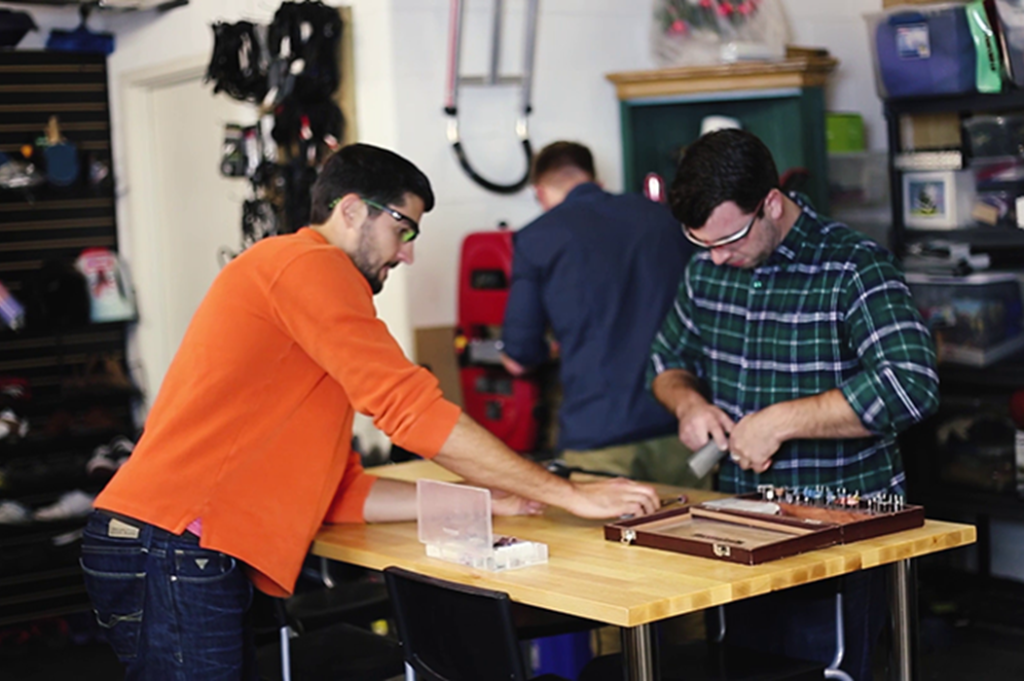
Mechanical Engineers
Benefits of Mass Producing Products
Outside of mass manufacturing having a reputation of being faster, better, and an economical advantage, there are quite a lot of encouraging benefits that come with mass manufacturing. This includes:
- Uniformity – Mass producing is like a safeguard for ensuring each product is the same.
- Increased Worker Safety – There can be quite a lot of dangerous equipment in manufacturing. This is why manufacturers use artificial intelligence in situations where one is mass producing.
- Increased Productivity – As you know with mass producing, your product has the ability to manufacture more in less time. Thanks to mass production techniques, workers are not having to frantically try to search for certain supplies.
- Waste Elimination – When working with a manufacturer for mass producing, the company will be able to point out excess resources and secure a plan to remove it suitably.
- Less Error – The purpose of mass production machines is to execute certain tasks, even if there is a lot of distractions happening in their environment. This means there is little room for a human-made error.
How To Mass Produce A Product: Frequently Asked Questions:
How much does it cost to mass manufacture a product?
This depends on how many units you would like. At MAKO, we have developed strong relationships with manufacturers across the world since 1999. Each of our clients will be receive MVP’s in each phase. This even includes if there is supply fluctuations or in need of custom-made parts.
How do I get my product mass produced?
There are five umbrella-like steps that we have covered in this article. This includes conducting research, creating a prototype, testing your product, seal your IP, and find your manufacturer.
What are examples of products that are mass produced?
In the mass production industry, strategizing invention ideas can be endless. This includes: personal care items, toys, home technology, furniture, and so much more.

Our product designs
Final Notes
When it comes to how to mass produce a product, we have learned that using the slow lane in a fast environment might assist in taking all of the right turns. If this has motivated you to turn on your brain’s engine to start the process of creating a product for mass production, you can check out our article regarding how to create an invention.
Have a Product Idea?
Discover our product development services tailored to startups, small manufacturers, and inventors.
Design Newsletter
Get the latest news curated for designers, makers and inventors.
Product Design Experts related to this content:
Discover our team of designers, engineers, project managers, and problem-solvers.
Lena Sitnikova, Senior Project Manager
Lena Sitnikova is a Senior Project Manager (CAPM®) with a background in industrial design and soft goods development.
More from our Blog
What the TriMech Team Considers When Designing a Product
There are a lot of important considerations to take into account when designing a product. Learn more about the best strategies in this article,
Two Key Tips When Making an Invention Designed for an Existing Product
When it comes to making an invention, it doesn’t always need something completely new. In fact, many great ideas are inspired by existing designs and...
The steps for Innovating your Product
“Innovation” has been a popular buzzword lately. This blog explores what innovation means and how you can apply that to innovating your product!
Need help with your Product Idea?
Tell us about your invention or product design idea and get the help you need design, build and bring it to market



